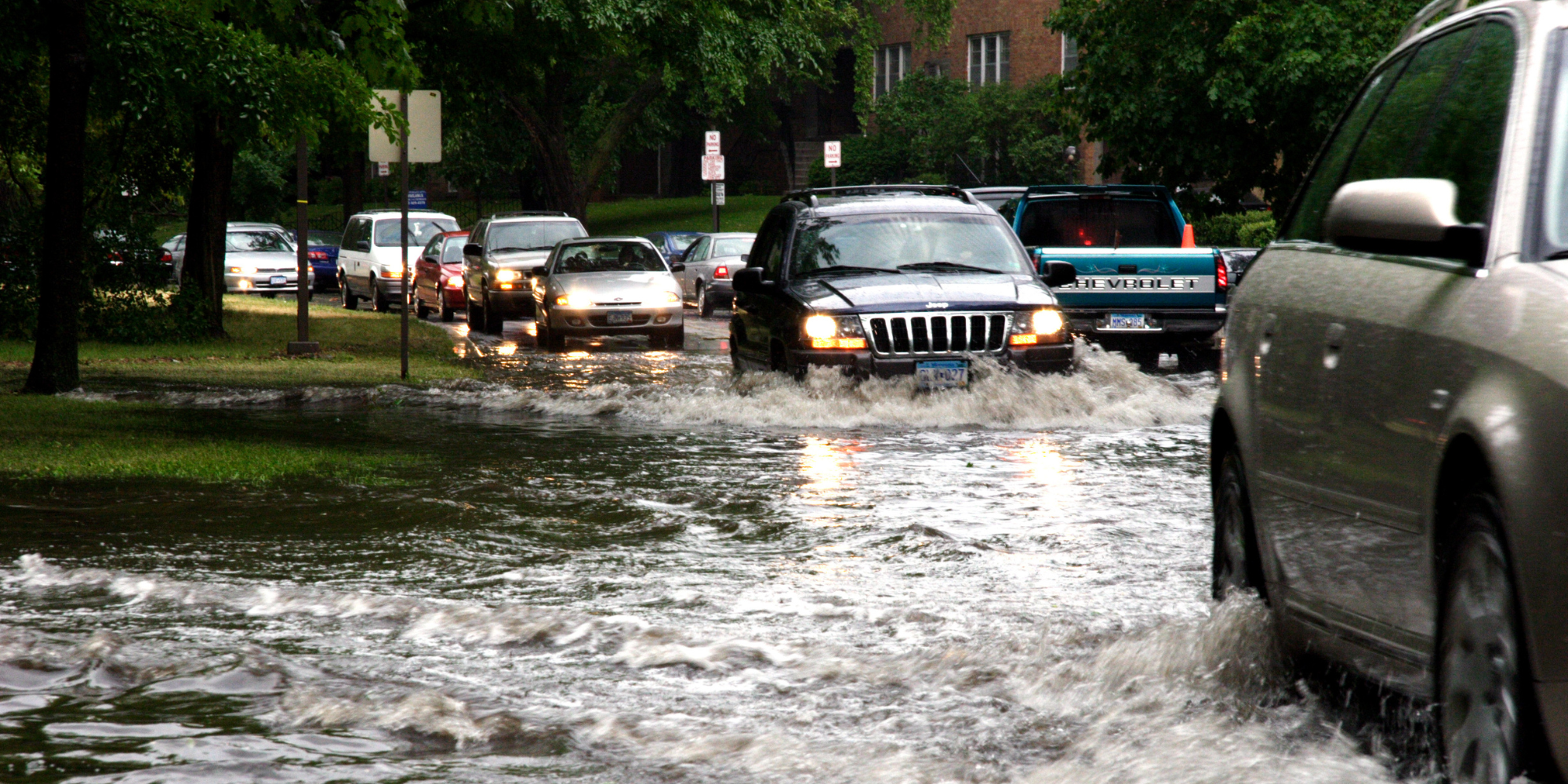Natural disasters strike the United States every year, and the number of large-scale disasters such as wildfires, floods, hurricanes and droughts has increased significantly over the past decade. Some cities, towns and villages experience back-to-back 100-year floods, while others face repeated hurricane strikes before they even have a chance to rebuild. At the same time, an increasing number of communities in the Midwest and Western states experience severe droughts and wildfires. The devastating consequences of natural disasters impact every part of a community’s economic, social and environmental well-being.
Local governments are responsible for protecting their residents’ health, safety and welfare. To reduce the risk of the devastation caused by natural disasters, local governments should establish proactive mitigation policies for more resilient communities. No one knows the threat a community faces better than local officials. Preparing residents and businesses for future disasters is essential to mitigating the risk by investing in your community’s future safety and sustainability.
On August 31, 2022, President Biden signed a proclamation declaring September 2022 National Preparedness Month. National Preparedness Month is an observance each September to raise awareness about the importance of preparing for disasters and emergencies that could happen at any time.
We know that mitigation policies reduce the length of time and the high cost of recovery due to a natural disaster. However, mitigating risk requires considerable investment and planning from local governments.
Bipartisan Infrastructure Law Opportunities
In part to help local governments mitigate the risks from future disasters, Congress passed, and the President signed the Bipartisan Infrastructure Law (BIL), which includes billions of dollars in grant funding to ensure the nation’s roads, bridges, buildings and energy sector infrastructure are more resilient to future natural and manmade disasters. The law provides billions to state and local governments to help protect their residents against drought, wildfire, flooding and other natural disasters. It also provides increased funding to support U.S. Army Corps of Engineers projects to reduce the risks of coastal and inland flooding. The Administration, through its Justice40 Initiative, is also working to ensure that 40 percent of the overall benefits of these historic investments reach communities that are disadvantaged, underserved and overburdened by pollution.
The law includes funding for the following mitigation grant programs administered by the Federal Emergency Management Agency (FEMA):
- $1 billion for the Building Resilient Infrastructure and Communities (BRIC) grant program to support communities as they undertake hazard mitigation projects, reducing the risks they face from disasters and natural hazards.
- $3.5 billion for the Flood Mitigation Assistance Grants to support communities with projects that reduce or eliminate the risk of repetitive flood damage to buildings insured by the National Flood Insurance Program.
Additionally, on Aug. 29, FEMA launched a notice of intent for a future funding opportunity “to reduce vulnerability to natural hazards, foster greater community resilience and reduce disaster suffering.” The Safeguarding Tomorrow through Ongoing Risk Mitigation Revolving Loan Fund program will provide no less than $50 million in capitalization grants to states to fund low-interest loans to local governments. Under the Bipartisan Infrastructure Law, Congress appropriated $500 million for this program through 2026.
Finally, the infrastructure law also allocated $500 million to the U.S. Department of Agriculture Forest Service to award Community Wildfire Defense Grants to at-risk communities. These grants will be competitively awarded and aim to provide funding for communities at risk of damage from wildfires to create wildfire plans and begin their implementation. Grants awarded through this program will not exceed $250,000 for planning or $10 million for implementation. Priority for this funding will be given to high or very high-risk wildfire areas, low-income communities, and areas impacted by severe disasters. Applications are currently open through October 7, 2022.
Additional Resources
Through the Local Infrastructure Hub, NLC is providing a new technical assistance program to help small and mid-size cities and towns apply for 30 infrastructure programs authorized under BIL, including specialized training bootcamps that will help local leaders access the BRIC and Flood Mitigation Assistance grant programs. An estimated 2,000 smaller communities will benefit over the next two years.
Below are additional resources to help prepare your communities for future natural disasters.
- Local Mitigation Planning Policy Guide
- Creating a Community Wildfire Protection Plan
- Ready.gov
- National Preparedness Month Social Media Toolkit
- National Preparedness Month Social Media Graphics
- National Preparedness Month Animated Graphics
- Personal Disaster Preparedness for People with Disabilities Social Media Toolkit










